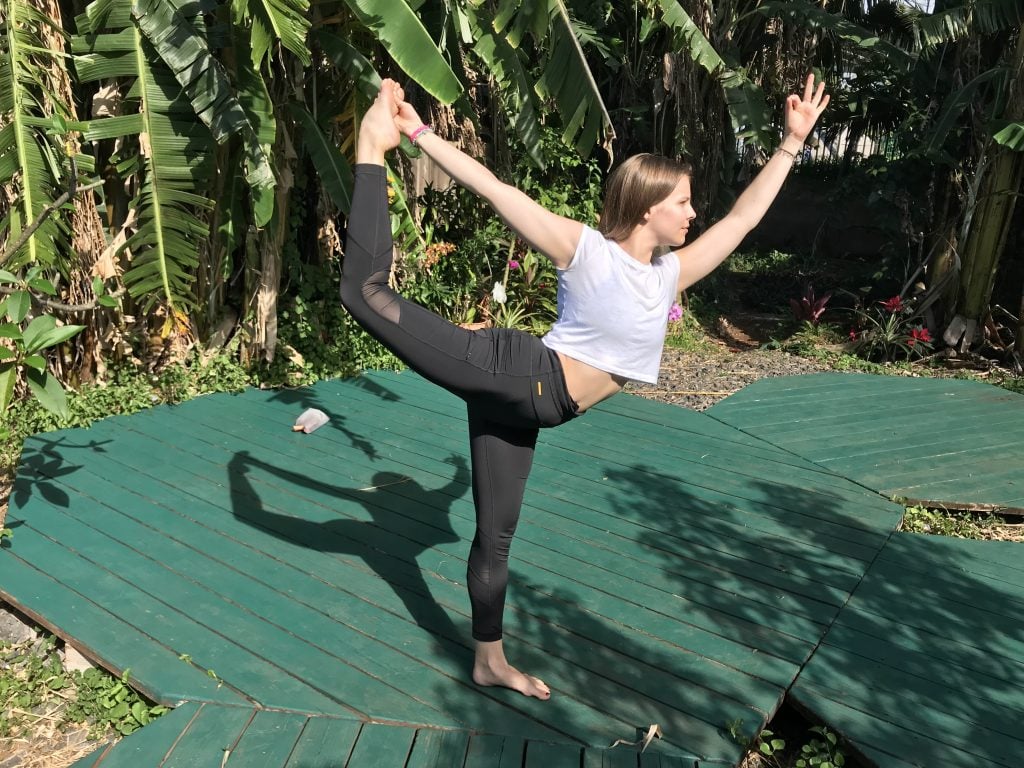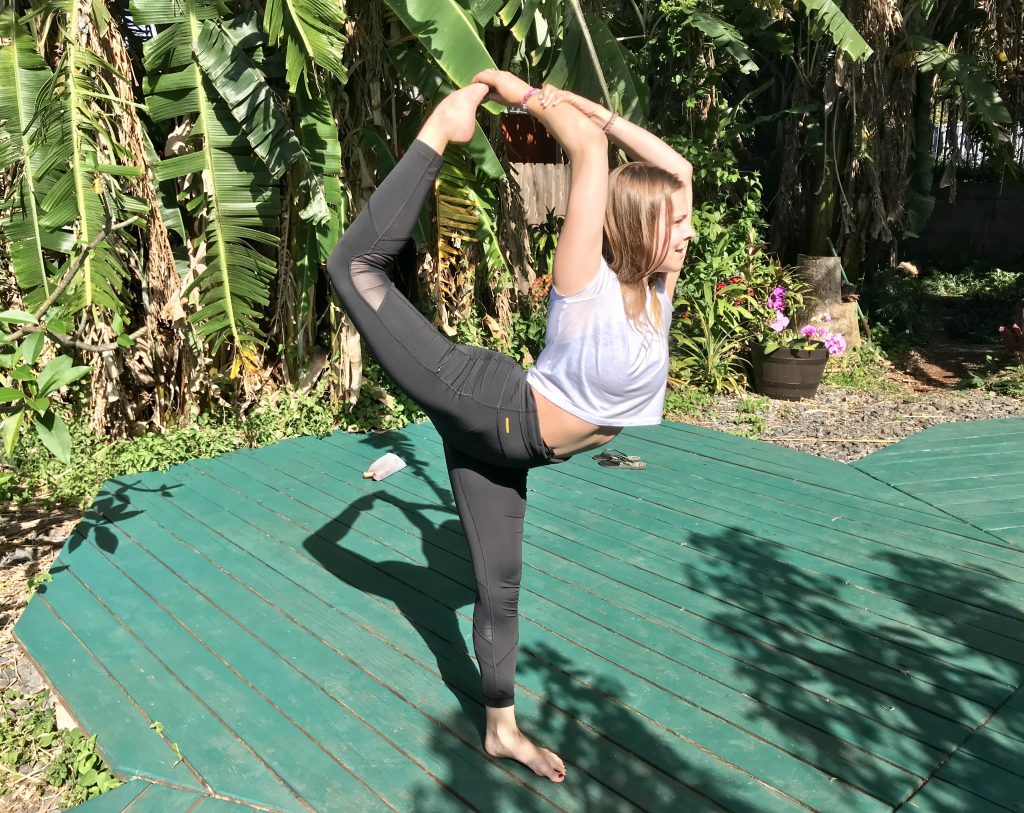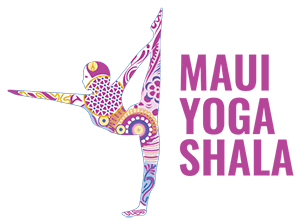Exploring the deeper meanings of the names, themes, and principles we find in yoga is part of the fun of being on the yoga path. Regarding the Sankrit names for poses you might have asked “Why is that pose named that or who is it named after?” You’ll find that besides being named after body parts and their actions or directions, animals, birds, qualities, nature, and other objects, some of the asanas are named after gods and sages. One such pose is Natarajasana, or Lord of the Dance Pose, commonly called Dancers Pose with a variation called King Dancer Pose.

Who is Nataraja? None other than Shiva himself as the cosmic dancer. The name comes from the Sanskrit words नट nata meaning “dancer”, राज raja meaning “king”, and आसन asana meaning “posture” or “seat”. A famous depiction of Shiva as the cosmic dancer can be seen in bronze statues now found around the globe. He is a figure dancing in a circle of fire representing a cosmos of mass, time, and space, whose endless cycle of annihilation and regeneration moves in tune to the beat of Shiva’s drum and the rhythm of his steps.
As we become increasingly aware of our movements and breath in the practice we began to cultivate an ease which helps us fully express and embody the awesome qualities of the pose. The grace that is experienced in that pose begins to translate into our lives. We achieve strength, openness, and an elegance of form and action built upon the strength and powerful energy required to balance on one leg while in a deep backbend. In this pose we we are fully engaged yet at peace – a principle to cultivate in any asana. With practice and dedication Natarajasana offers the opportunity to transmute the divine into a physical embodiment of beauty.

Mudra and mantra: add these to your practice!
Mudra: Abhaya Mudrā is the hand gesture of fearlessness. It represents protection, peace, benevolence and the dispelling of fear. The right hand is held upright, and the palm is facing outwards, similar to taking an oath or vow. One of Nataraja’s four hands is in this mudra. It assures us to be not afraid, to be courageous on the path as we are bestowed with the blessings of peace and protection.
Mantra: Om Namah Shivaya is one of the most beloved Hindu mantras and widely used amongst yogis and at spiritual programs. It is a salutation to Shiva, one of the three primary deities of Hinduism, and literally translates to “I bow to Shiva.” A powerful healing mantra which automatically brings us to awareness of the present moment, it is chanted in order to help realize the soul and possesses the qualities of prayer, meditation, divine love, grace, truth and blissfulness. It can also be used as a greeting for the recognition of the higher Self in the other and yourself.
